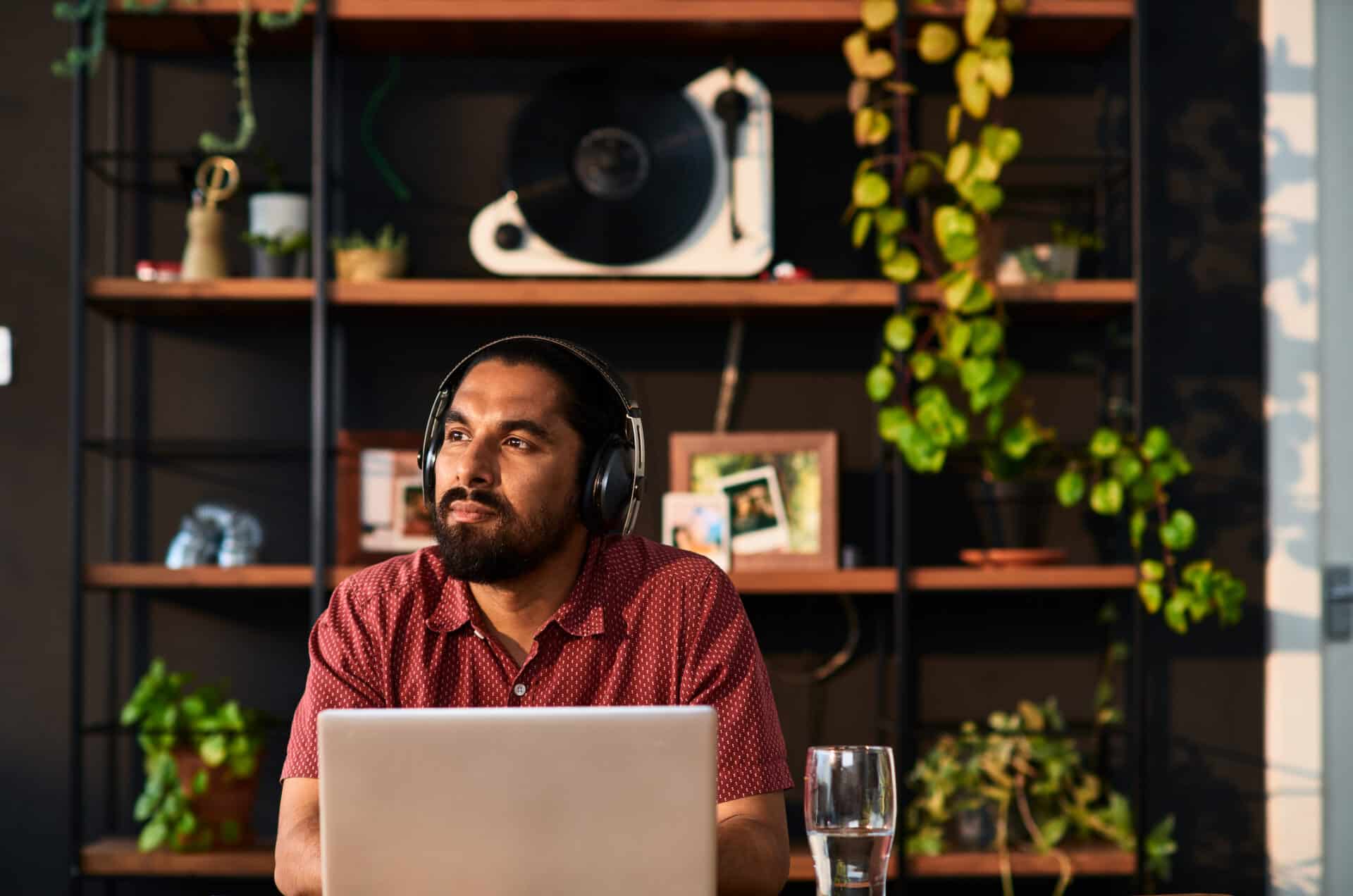In our series on effective language learning at your workspace, we’ve already tackled two key topics: concentration and the place of learning. In this article, we support you to establish the new habit of language learning at work by finding the perfect time to learn.
3. Time: When at work do you learn best?
At Babbel, three-fourths of employees prefer practicing their language in the late afternoon. The time varies between 4 and 6 o’clock, but it’s clear that they can concentrate best when the most important tasks of the day are finished and the work day is almost over.
That’s how Tara works, an instructional designer at Babbel responsible for the look and feel of the learning experience:
“I learn every day before I go home. It’s now a fixed appointment in my calendar and has become a real routine that I look forward to.”
Neuroscientists also recommend this time of day for learning because just afterward you leave the office to go home. This generally involves some physical activity, and the combination of focused learning followed by movement promotes anchoring the newly acquired knowledge!
What other learning times fit at work? One in four employees learns during the lunch break — for example, Giulia, an editor at Babbel who’s brushing up on her German.
“I like to use the empty office when my coworkers are out at lunch. Then I can practice my German out loud without bothering anyone or feeling embarrassed. When I finish a lesson, I reward myself with lunch.”
If these two examples don’t fit with your work, then follow this principle: Choose your favorite learning time and stick to it — whether it’s every day or three times a week. Only with regular learning can it develop into a habit and, like brushing your teeth, at a certain point seem completely natural.
Keep reading! Here is tip 4 on what and how often to learn.

Ready to see our solutions in action?
Schedule your personalized demo today and discover how we can elevate your team’s learning experience!







